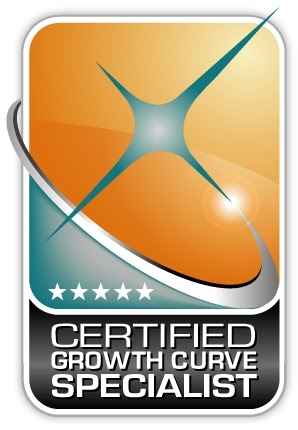Have you ever read the book “How to Succeed in Businesses without Really Planning?” Is that really possible? Well, there was actually a book published in 1952 “How to Succeed in Business without Really Trying.” It was the story of a window washer who rises to become chairman of the board of the World Wide Wicket Company. It was described as satirical and humorous.
In the real world, success doesn’t just happen. Success is the result of planning and then execution of that plan. Without a plan, how do you know where you are going or how will you know when you’ve arrived? It’s like the story of Alice in Wonderland. One day Alice came to a fork in the road and saw a Cheshire cat in a tree. “Which road do I take?” she asked. “Where do you want to go?” was his response. “I don’t know.” Alice answered. “Then,” said the cat, “it doesn’t matter.”
The How and Who of a Plan
Obviously having a plan is important. How the plan is created is even more important. As the CEO or business owner, the company is yours. However, if you want the plan to be carried out, there are two important elements in creating the plan.
The first important planning element is who is involved. Your management team must be involved in the process of creating a plan. Creating a great plan and handing it to your team to execute will not work. Your management team must play a key role in formulating the plan. If they help formulate the plan, then they will feel ownership of it and thus they will become committed to its implementation.
The Old Planning Method
The second important planning element is how the management team is involved. A common practice is a retreat where you and your team look at last year’s plan to determine what did and did not get accomplished. This “review” often looks at sales goals, COGS, wages as a percentage of sales, fixed operating expenses, etc.
This planning process might include a SWOT Analysis. What are our Strengths, Weaknesses, Opportunities, and Threats? A limitation to this approach can be its subjective nature which is based upon personal feelings and opinions. This can be a GIGO (Garbage In: Garbage Out) exercise unless “hard” data is presented to support the discussion.
A Researched Foundation
Based on interviews and working with 650 CEO’s in 35 different industries, James Fischer was able to identify 7 Stages of Growth that firms pass through. In this research, he also found that businesses face 27 different Challenges as they grow through these 7 Stages of Growth. For each stage of growth he also determined the appropriate Builder: Protector Ratio. And, for each stage of growth he identified 5 Non-Negotiable Rules.
Foundation of a Better Plan
A better plan will be created as a result of a better approach to creating the plan. A plan based upon objective elements is key to that foundation. A Stages of Growth X-Ray™ is an example. A Business X-Ray is an online diagnostic tool that allows each member of the management team to review and rank the following:
- How well the company has addressed the 27 Challenges,
- Determining the Builder: Protector Ratio by responding to how the company is addressing issues in 6 different areas with 6 questions in each area
- Rate the firm’s progress in addressing the 5 Non-Negotiable Rules. There are 3 questions on each rule. This exercise looks back at the previous two stages of growth as well as the company’s current stage of growth.
For a Stage 3 company or beyond, the results provides 108 insights into where the company stands.
A retreat with this valuable information provides an objective way to quickly focus on the areas the company needs to address first. The involvement and discussion by the management team leads to alignment and engagement which leads in turn to implementation of the plan.
Getting Started – A Test Drive
You may be wondering if the 27 Challenges will really work for your company. So I challenge you to take the FREE 27 Challenge Assessment. It will not only give you better insight into your Top 5 Challenges, but you will receive a Special Report for your Stage of Growth. The Report will provide you with the following:
- 5 Biggest Challenges for your firm’s stage of growth
- Tools to Build Your Business
- 5 Non-Negotiable Rules for your firm’s stage of growth
- Business Building Blocks
- Getting Ready for the next Stage of Growth
To take the FREE 27 Challenge Assessment go to https://www.trwconsulting16.com/ and click on Take 27 Challenge Assessment.
TRW Consulting was created to help companies navigate the challenges that are typical for Stage 1 through Stage 7 organizations. We have designed programs, services and tools that are directly tied to the issues you’ll face at each stage of growth.
You can find over 14 articles on LinkedIn and my website that relate to the 7 Stages of Growth. Here is the link to a related one – When Everything in Your Company Changes – Ramp-up to Delegation https://www.trwconsulting16.com/everything-company-changes-ramp-delegation/.
Another resource is my eBook 4 Puzzle Pieces to Growing a Successful Business. You will find it on the home page where the 27 Challenges are located.



